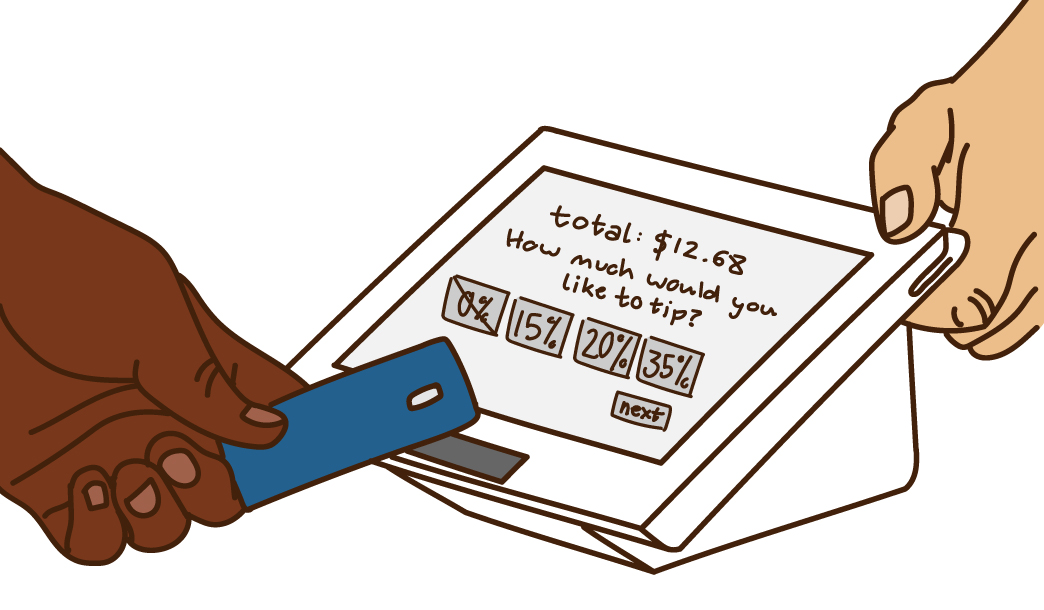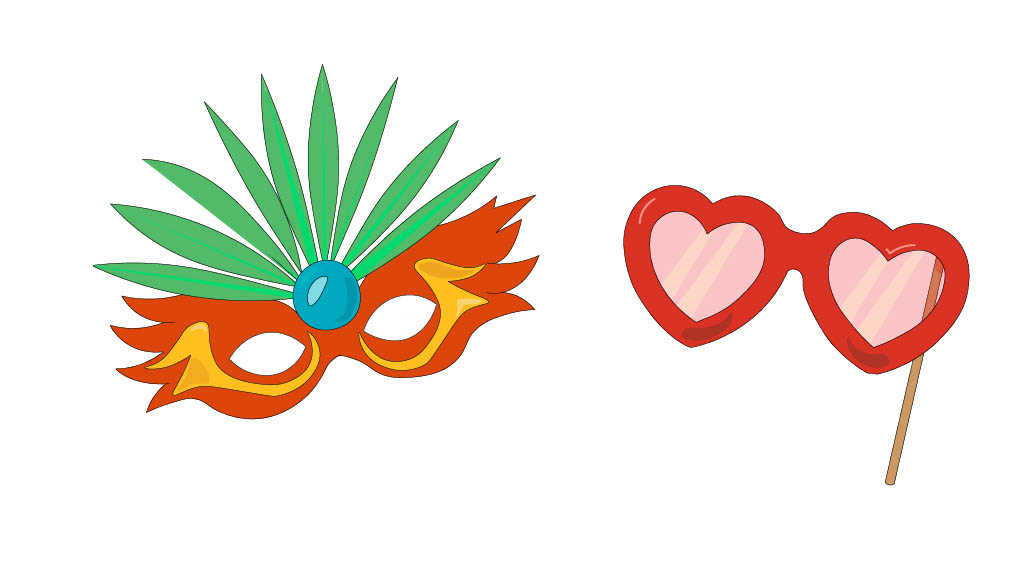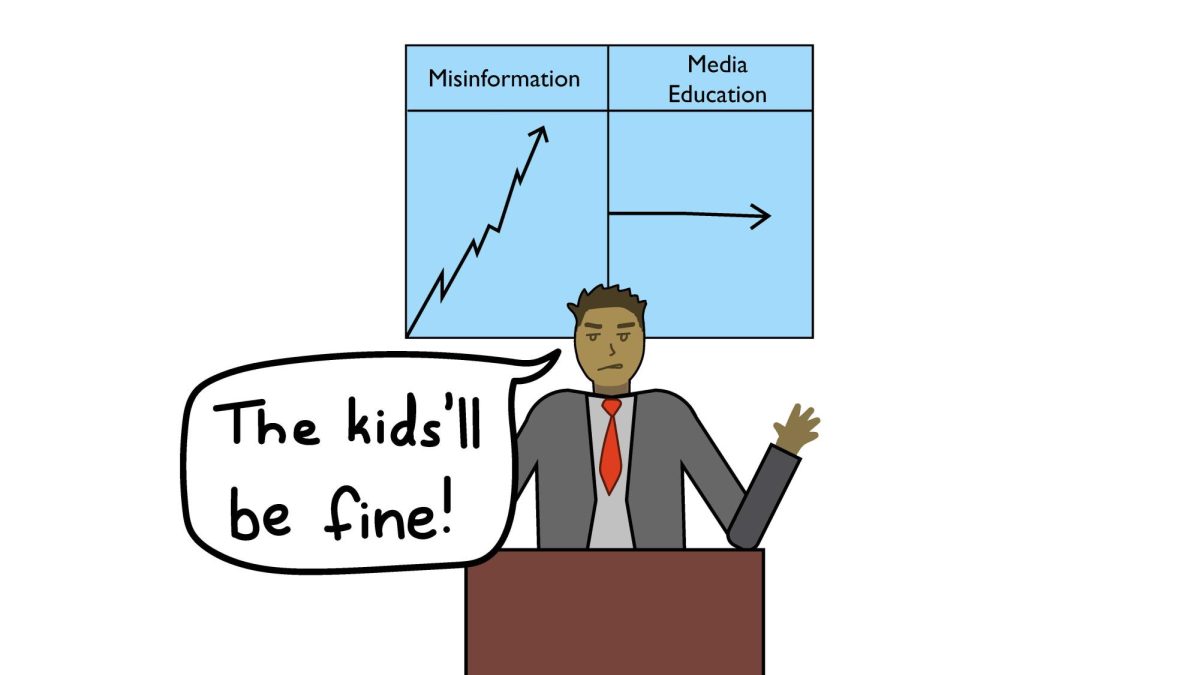Many service workers depend on gratuity — voluntary gifts of money, or tips — from their customers for a substantial portion of their incomes. A Payscale report in 2015 shows that in the United States restaurant industry, these tips represent up to 62% of workers’ incomes depending on their positions. Workers typically receive tips because of a positive customer-staff relationship that they establish over the course of their service. Despite the considerable percentage tips that make up an employee’s income, customer service has been on the decline. There’s an obvious disconnect between the quality of service and the amount of gratuity being paid that many people seem blind to.
Modern technology has made many processes more efficient; at the height of the COVID-19 pandemic, self-serve kiosks and contactless soldering services became the norm for food service employees to safely serve customers. These ordering services were widespread — common — and generally accepted. At that same time, researchers were collecting data on the newly observed ‘guilt tip phenomenon.’ A study by Michael Lynn, professor of consumer behavior and marketing at Cornell University, showed that the decline in the frequency and amount of gratuity has reversed, with both the frequency and amount of tip given on the rise.
Researchers credited this discovery to the greater sympathy people had over the pandemic. This is surprising, given the assumption that most people would hesitate to give more in times of need. The increased tipping trend can be traced back to sharp increases to inflation in 2020. Shocks to food and energy prices, coupled with staffing issues and supply-chain disruptions, resulted in increased prices. As businesses increased their prices to cover increased costs, it became difficult for workers — especially minimum wage workers — to afford living costs. Tipping became a way to support workers without putting additional burdens on the businesses. As this altruistic trend emerged, however, businesses seemed to take advantage of it. This new pattern has been dubbed ‘tipflation’ by the public.
Customers are unconsciously influenced by the amount of tip recommended, and when the suggested amount soars up to 35% gratuity, it’s unsurprising that Capterra, a software service firm, reports that 50% of customers feel “manipulated” into tipping on a tablet during checkout. In addition, customers report encountering tip prompts at businesses where there weren’t before. Now customers are reporting seeing tip screens at retailers (21%), gas stations or convenience stores (10%) and event admissions booths (9%). The expectation for added gratuity seems to always be looming. A report from the Pew Research Center shows that only 34% of people find it “extremely/very easy” to determine for which services to tip and for how much. When prompted by a digital payment screen, customers can be surprised to find tip prompts, and in the face of uncertainty, many customers opt to tip as a common courtesy. A vast majority of respondents in a Forbes survey (64%) reported leaving a tip at least 11% higher than when they tip digitally compared to tipping in cash.
It’s an uncomfortable experience. When Gerard Knight, who led the design team at Square, one of the major tablet-payment providers, first rolled out the tipping feature, it was a Trojan horse of sorts. Customers would first sign for a credit card translation, and tips were prompted afterward. Customers are left to select a tip amount right in front of the cashier. Oftentimes, choosing not to tip or choosing a custom amount takes longer, which can prolong an awkward silence. This experience is only magnified if orders are placed before customers are served; people who are going to be at a place for more than a few minutes — a hotel, resort pool, or bar — have been known to pay extra to service staff as incentive for good service throughout their stay. The alternative, of course, is to risk subpar service — an unfortunate consequence of not paying an optional fee. Some services can completely reject a customer if the fee isn’t to their satisfaction. Drivers for Uber, GrubHub, DoorDash and other meal delivery services can view the amount a customer tips in advance and decide whether or not to accept the order.
The unfortunate reality is that service providers rely on tips to maintain a liveable wage. That said, the perceived increased expectation for tipping has created a negative experience for customers where there wasn’t before. A June 2023 survey from Bankrate shows that two-thirds of Americans now hold a negative view of tipping and one-third think tipping culture is out of control. While aggressively prompting tips may benefit employees and provide them with a liveable wage, upset customers could result in less business and critical reviews. Businesses need to re-assess whether or not they should be asking for added gratuity — a gift given based on a positive customer-staff experience. Self-serve kiosks and convenience store purchases do not fit the bill. In order to meet employee needs and customer preferences, businesses should change how they present costs to the customer. Whether businesses pay better wages to their workers or raise prices to reduce the need for added gratuity, it’s necessary to address customer frustration.










